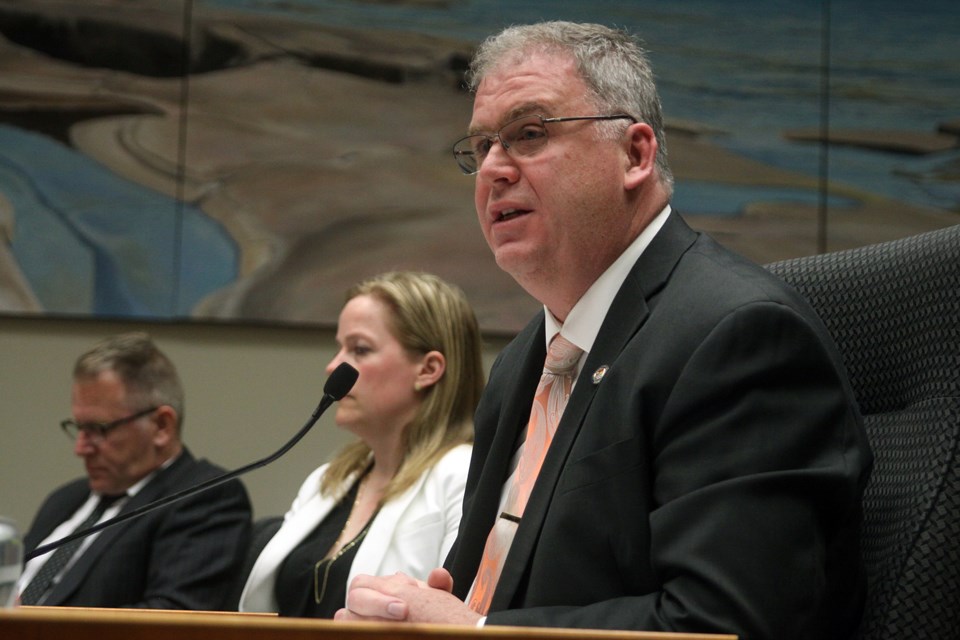THUNDER BAY – The city will have to head back to the drawing board to look at potential funding sources for an enhanced video surveillance network, while the value of the existing Eye on the Street program is being questioned.
An application had been submitted to Infrastructure Canada’s Smart Cities Challenge, seeking a $10 million prize that would have been used to fund state-of-the-art solutions to improve safety around watercourses and other high-risk areas that had been identified out of the seven youth inquest.
City manager Norm Gale on Monday told councillors the city’s application, which included LED lighting, Smart Poles and a new public safety command centre with advanced technology and analytics software to enhance coverage areas and upgrade the existing Eye on the Street system, had not been shortlisted by the federal government.
“Administration will circle back and regroup and bring something further,” Gale said.
Karen Lewis, the city’s director of corporate strategic services, in April said the city had been looking at possible funding sources but had yet to find “something suitable,” believing the challenge “seemed like a perfect fit.”
In 2017, the city’s Eye on the Street program identified suspicious activity 389 times, which represents an average of more than 32 incidents per month. The camera operators and police requests for service logged 144 drug and alcohol related incidents, 70 assaults and 66 cases of suspicious activity. The hotspot locations were the Water Street bus terminal on the city’s north side and the camera at Victoria and Brodie in the south downtown core.
Mayor Keith Hobbs, a former city police officer, said he has been opposed to the surveillance program during his entire eight years in office.
“There’s nothing really proactive about cameras. I think the police need to do a better job of getting the beat coppers at nighttime on the streets. Not in the daytime, that’s window dressing,” Hobbs said.
“I think that’s the answer. You get a presence out there. There’s nothing that deters crime more than a cop on the street. It worked when I was a rookie in 1976. I walked the beat for a couple of years and there wasn’t any crime on our beats and we concentrated on the high-crime areas.”
Despite those comments, the mayor made it clear he isn’t against surveillance altogether.
“We need to get boots on the ground in those tough areas and get the cameras on the waterways where they belong,” Hobbs said.
Coun. Andrew Foulds questioned the effectiveness of the current system, wondering if it was worth the $132,000 annual operational cost.
“Do we need to look at making this more technically advanced so that we’re getting more yield here? I mean, if we’re going to have an Eye on the Street, I’m not convinced this data is showing that it’s working,” Foulds said.
Of the 13 cameras, six identified suspicious activity on three occasions or less.
Charles Campbell, the city’s manager of central support, said locations may have value even if they don’t yield a high number of incidents.
“The other piece of use for these cameras is in situations with missing persons or investigations there are times when being able to track movement is as well important,” Campbell said. “Although there may not be as many incidents in some of the locations, the ability to identify people’s movement for either locating them or locating where activities may have happened is also a consideration.”
